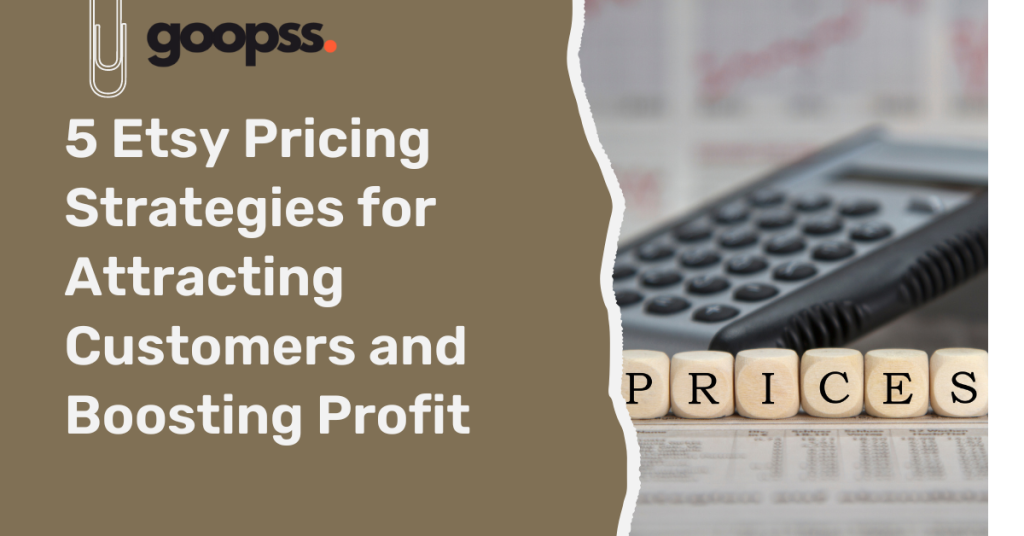As an Etsy seller, setting the right price for your products can be a challenge. You want to attract customers and make a profit, but you also want to remain competitive. With the right pricing strategy, you can achieve both goals. In this article, we’ll explore various pricing strategies and how to set prices that can help your Etsy shop thrive.
1. Cost-plus Pricing
Cost-plus pricing involves adding a markup to the cost of producing a product. The markup typically covers the overhead costs and desired profit margin. This strategy is straightforward to calculate, but it doesn’t consider the value of the product to the customer. It may not work for businesses that sell unique or high-end products.
2. Value-based Pricing
Value-based pricing involves setting prices based on the perceived value of a product to the customer. This strategy requires sellers to understand their target customers’ needs and preferences and how much they are willing to pay. It often results in higher prices than cost-plus pricing, but it can also result in higher profits.
3. Dynamic Pricing
Dynamic pricing involves adjusting prices based on market demand and supply. Sellers may increase prices during peak seasons or when supply is low and decrease them during slow periods. This strategy can help sellers stay competitive and maximize revenue.
4. Bundle Pricing
Bundle pricing involves offering products together as a package for a lower price than if purchased individually. This strategy can encourage customers to buy more and increase revenue. It also allows sellers to move slower-moving products by bundling them with more popular ones.
5. Psychological Pricing
Psychological pricing involves setting prices based on how customers perceive them. For example, setting a price at $9.99 instead of $10 can make the product seem cheaper. It can also make customers feel like they’re getting a better deal. This strategy can be effective, but it must be used carefully to avoid misleading customers.
When setting prices for your Etsy shop, it’s important to consider your competitors’ prices, production costs, and profit margins. You should also be prepared to adjust prices as market conditions change.
There are several tools and apps that can help Etsy sellers with pricing strategies, such as:
Marmalead – A tool that provides data and insights on Etsy search terms and competitors to help sellers optimize their listings and pricing.
ERank – A suite of tools that helps Etsy sellers with SEO, pricing, and competitor analysis.
Craftybase – An inventory and bookkeeping tool that can help Etsy sellers track expenses and monitor profits, making it easier to adjust prices accordingly.
In conclusion, effective pricing strategies can help Etsy sellers attract customers and boost their bottom line. Cost-plus pricing, value-based pricing, dynamic pricing, bundle pricing, and psychological pricing are all effective strategies that can work for different types of products and customers. By using tools and apps to track expenses, monitor profits, and analyze competitors, Etsy sellers can set prices that work for them and their customers.
Are you looking for assistance with your Etsy store? Do you require an expert’s help with creating product descriptions, SEO optimization, or social media posting? Book a call with us, and we’ll connect you with the ideal specialists!








